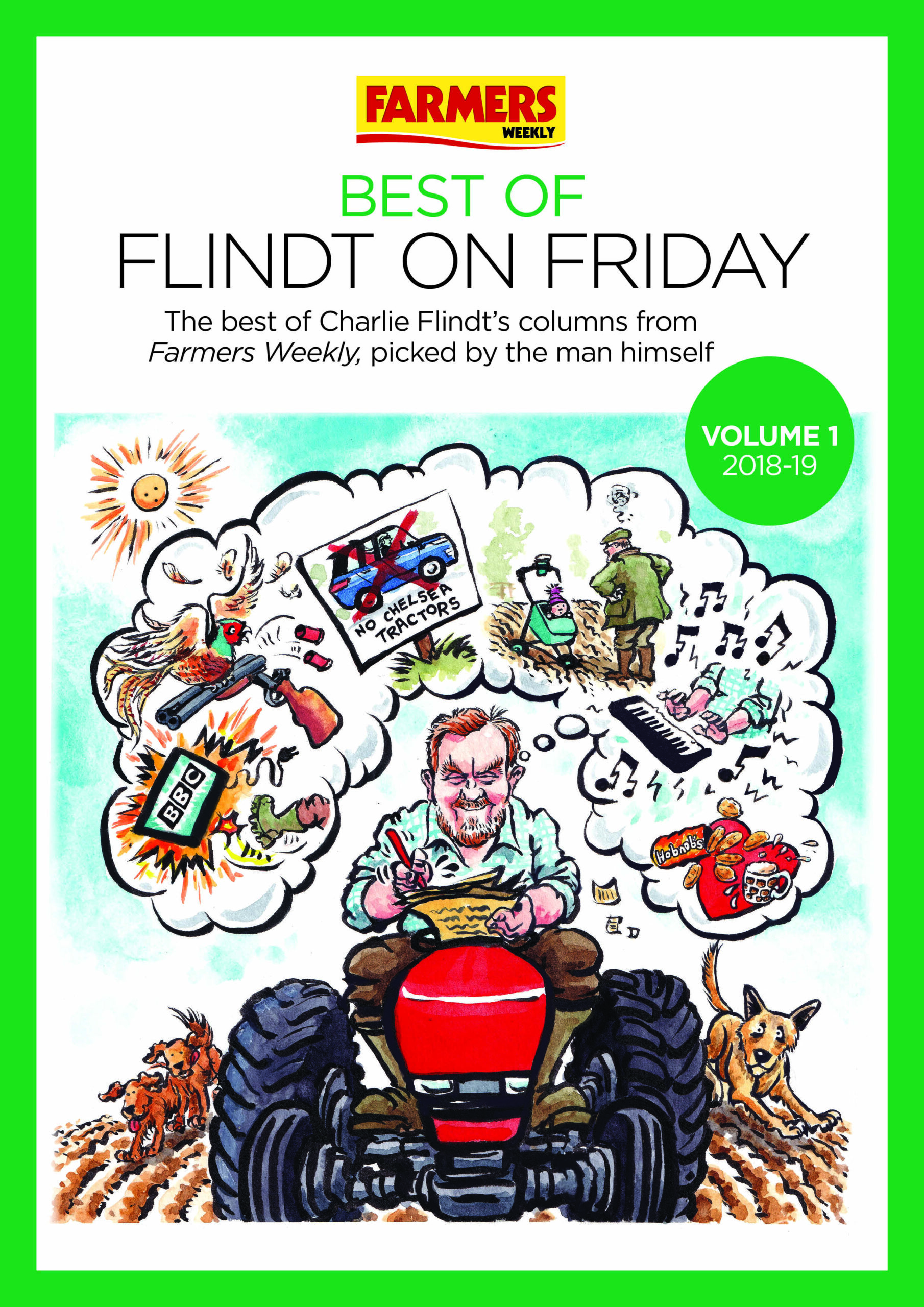Matthew Naylor launches campaign for honesty on yields

Let’s vow to tell the truth about our yields – it makes commercial sense and doesn’t get the machinery salesmen over-excited.
The subject of this column was suggested by Dick Dring, a well-respected farmer and machinery dealer in these parts.
Since he is in his seventh decade as a farmer, his opinion carries some weight. And, funnily enough, weight is exactly the subject that he asked me to write about. He wants to start a campaign to stop farmers exaggerating about their yields.
“Promise me you won’t ever talk your yields up,” he said. “It does a lot of harm. Always talk yields down.”
As Mr Dring wisely pointed out: “John Avery has the last say on what we’ve actually got.” John Avery, for younger readers, was a maker of weighing equipment.

There have always been strict guidelines when it comes to exaggerating yields. Seasoned farmers know these already, but it is perhaps useful to go through them for the youngsters.
Showing off about yields to wind up your neighbours has been a harmless and acceptable form of entertainment since time immemorial. Everyone knows they have to knock 20% off any yield or price that another farmer tells them.
This works a bit like VAT in reverse 20% is a standard and accepted level of exaggeration. Most of us can do the maths in our head now without thinking about it.
Don’t forget that this rule changes in a period of dry weather or low prices. In these circumstances during the growing season you exaggerate downwards. But this is only until after harvest – then you tell everyone that yields were 40% higher than you expected.
“We’re launching the Dick Dring campaign for honesty about yields”
Occasionally, you get a renegade neighbour who deviates from the 20% rule and really exaggerates. You will be able to tell straight away and you will know these people are playing dirty. Interestingly, research carried out by Cambridge University showed that in adult males the level of boasting is in direct and inverse correlation to the length of the individual’s equipment.
When it comes to discussing yields with visitors like traders and travelling sales reps, exaggeration is best avoided. As they drive from farm to farm, their Vectras become vectors of misinformation.
Twenty per cent is added each time a story is repeated and hectares get confused with acres. Thus a perfectly reasonable brag about a 10t/ha wheat crop becomes inflated to 20t/acre. This creates feelings of inadequacy in those farmers who work to the 20% rule, and gets machinery salesmen overexcited.
Mr Dring’s request for honesty is commercially astute when you think about it.
Commodity markets can be distorted by incorrect assessments. A potentially strong market can be deflated by talk of full barns. We must remember that lying about your crops doesn’t actually put a penny extra in your pocket. For this reason we are today launching The Dick Dring Campaign for Honesty about your Yields.
Our yields are so small that I could safely add 20% on to even our best crops if I wanted to and you would never know. Nonetheless, I’m going to be leading by example on this page in future. I will be completely truthful. Draw your own conclusions about what the research scientists at Cambridge would say this reveals about me.
- You can read more of Matthew’s unique perspectives on farming, food and rural life on his blog The Longer View.

